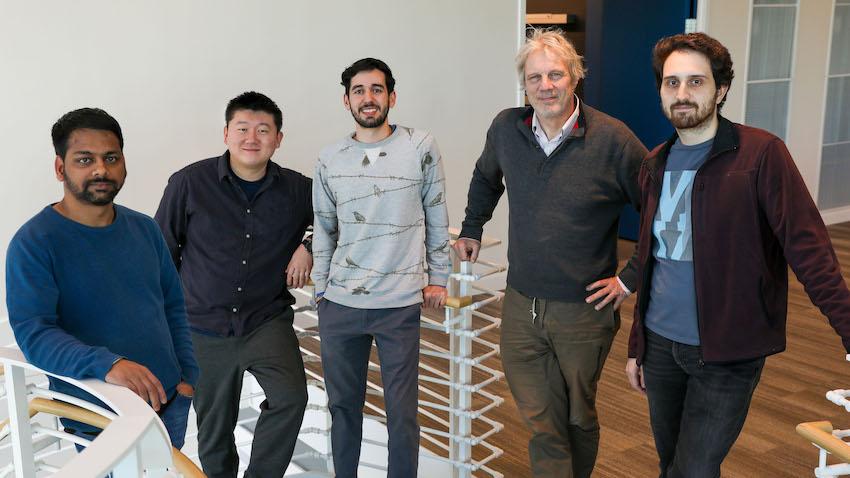
Machine Learning Could be Key to Early Leakage Detection in Underground Carbon Storage Sites
A new machine learning method could help engineers detect leaks in underground reservoirs earlier, mitigating risks associated with geological carbon storage (GCS). Further study could advance machine learning capabilities while improving safety and efficiency of GCS.
The feasibility study by Georgia Tech researchers explores using conditional normalizing flows (CNFs) to convert seismic data points into usable information and observable images. This potential ability could make monitoring underground storage sites more practical and studying the behavior of carbon dioxide plumes easier.
The 2023 Conference on Neural Information Processing Systems (NeurIPS 2023) accepted the group’s paper for presentation. They presented their study on Dec. 16 at the conference’s workshop on Tackling Climate Change with Machine Learning.
“One area where our group excels is that we care about realism in our simulations,” said Professor Felix Herrmann. “We worked on a real-sized setting with the complexities one would experience when working in real-life scenarios to understand the dynamics of carbon dioxide plumes.”
CNFs are generative models that use data to produce images. They can also fill in the blanks by making predictions to complete an image despite missing or noisy data. This functionality is ideal for this application because data streaming from GCS reservoirs are often noisy, meaning it’s incomplete, outdated, or unstructured data.
The group found in 36 test samples that CNFs could infer scenarios with and without leakage using seismic data. In simulations with leakage, the models generated images that were 96% similar to ground truths. CNFs further supported this by producing images 97% comparable to ground truths in cases with no leakage.
This CNF-based method also improves current techniques that struggle to provide accurate information on the spatial extent of leakage. Conditioning CNFs to samples that change over time allows it to describe and predict the behavior of carbon dioxide plumes.
This study is part of the group’s broader effort to produce digital twins for seismic monitoring of underground storage. A digital twin is a virtual model of a physical object. Digital twins are commonplace in manufacturing, healthcare, environmental monitoring, and other industries.
“There are very few digital twins in earth sciences, especially based on machine learning,” Herrmann explained. “This paper is just a prelude to building an uncertainty aware digital twin for geological carbon storage.”
Herrmann holds joint appointments in the Schools of Earth and Atmospheric Sciences (EAS), Electrical and Computer Engineering, and Computational Science and Engineering (CSE).
School of EAS Ph.D. student Abhinov Prakash Gahlot is the paper’s first author. Ting-Ying (Rosen) Yu (B.S. ECE 2023) started the research as an undergraduate group member. School of CSE Ph.D. students Huseyin Tuna Erdinc, Rafael Orozco, and Ziyi (Francis) Yin co-authored with Gahlot and Herrmann.
NeurIPS 2023 took place Dec. 10-16 in New Orleans. Occurring annually, it is one of the largest conferences in the world dedicated to machine learning.
Over 130 Georgia Tech researchers presented more than 60 papers and posters at NeurIPS 2023. One-third of CSE’s faculty represented the School at the conference. Along with Herrmann, these faculty included Ümit Çatalyürek, Polo Chau, Bo Dai, Srijan Kumar, Yunan Luo, Anqi Wu, and Chao Zhang.
“In the field of geophysics, inverse problems and statistical solutions of these problems are known, but no one has been able to characterize these statistics in a realistic way,” Herrmann said.
“That’s where these machine learning techniques come into play, and we can do things now that you could never do before.”
As computing revolutionizes research in science and engineering disciplines and drives industry innovation, Georgia Tech leads the way, ranking as a top-tier destination for undergraduate computer science (CS) education. Read more about the college's commitment:… https://t.co/9e5udNwuuD pic.twitter.com/MZ6KU9gpF3
— Georgia Tech Computing (@gtcomputing) September 24, 2024


